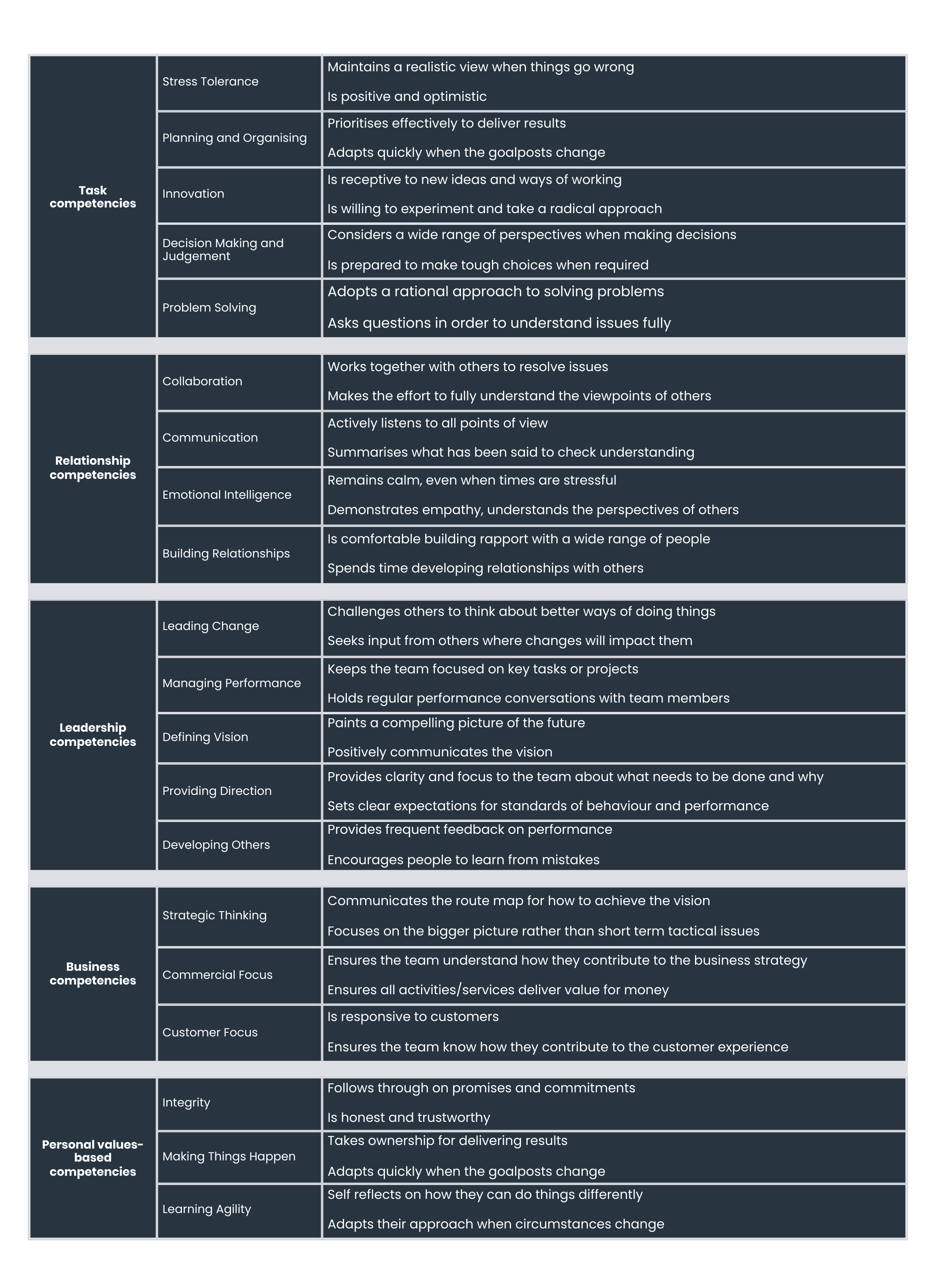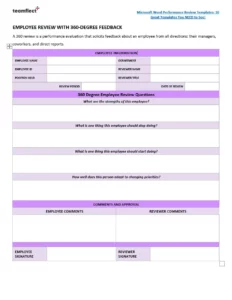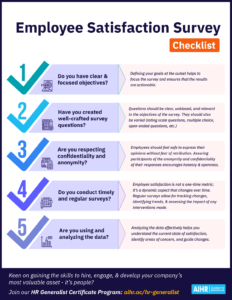360-degree feedback surveys can be beneficial for both individuals and organizations. For individuals, 360-degree feedback can help them to:

- Identify areas for improvement
- Set development goals
- Get feedback on their performance
- Build stronger relationships with colleagues
For organizations, 360-degree feedback can help to:
- Improve employee performance
- Identify and develop future leaders
- Create a more positive and supportive work environment
- Reduce turnover
There are many different types of 360-degree feedback survey templates available. Some templates are designed for specific industries or job roles, while others are more general. When choosing a template, it is important to consider the following factors:
- The purpose of the feedback
- The target audience
- The type of feedback that is being collected
Once you have chosen a template, you can customize it to meet the specific needs of your organization. You can add or remove questions, and you can change the format of the survey. It is important to make sure that the survey is easy to understand and complete.
360-degree feedback surveys can be a valuable tool for improving individual and organizational performance. By using a 360-degree feedback survey template, you can create a survey that is tailored to the specific needs of your organization.
Key Components of a 360-Degree Feedback Survey Template
A 360-degree feedback survey template should include the following key components:
1: Goals and objectives
The first step is to define the goals and objectives of the feedback survey. What do you want to learn from the feedback? What are you hoping to achieve?
2: Target audience
Who will be completing the feedback survey? It is important to consider the target audience when designing the survey. The language and format of the survey should be appropriate for the target audience.
3: Feedback questions
The feedback questions are the heart of the survey. The questions should be clear and concise, and they should cover the key areas that you want to learn about.
4: Rating scales
The rating scales allow respondents to rate the feedback questions. The rating scales should be easy to understand and use.
5: Open-ended questions
Open-ended questions allow respondents to provide additional feedback in their own words. Open-ended questions can be helpful for gathering qualitative data.
6: Confidentiality
It is important to ensure the confidentiality of the feedback. Respondents should be confident that their feedback will not be shared with anyone else.
7: Reporting
The feedback should be reported in a way that is easy to understand and actionable. The report should include a summary of the findings, as well as recommendations for improvement.
By including these key components, you can create a 360-degree feedback survey template that will help you to collect valuable feedback from your employees.
How to Create a 360-Degree Feedback Survey Template
A 360-degree feedback survey template is a valuable tool for collecting feedback from employees, colleagues, and managers. This feedback can be used to identify areas for improvement and development. Creating a 360-degree feedback survey template is a multi-step process that requires careful planning and execution.
1: Define the Goals and Objectives
The first step is to define the goals and objectives of the feedback survey. What do you want to learn from the feedback? What are you hoping to achieve?
2: Identify the Target Audience
Who will be completing the feedback survey? It is important to consider the target audience when designing the survey. The language and format of the survey should be appropriate for the target audience.
3: Develop the Feedback Questions
The feedback questions are the heart of the survey. The questions should be clear and concise, and they should cover the key areas that you want to learn about.
4: Create Rating Scales
The rating scales allow respondents to rate the feedback questions. The rating scales should be easy to understand and use.
5: Include Open-Ended Questions
Open-ended questions allow respondents to provide additional feedback in their own words. Open-ended questions can be helpful for gathering qualitative data.
6: Ensure Confidentiality
It is important to ensure the confidentiality of the feedback. Respondents should be confident that their feedback will not be shared with anyone else.
7: Plan for Reporting
The feedback should be reported in a way that is easy to understand and actionable. The report should include a summary of the findings, as well as recommendations for improvement.
By following these steps, you can create a 360-degree feedback survey template that will help you to collect valuable feedback from your employees.
A 360-degree feedback survey template is a valuable tool for collecting feedback from employees, colleagues, and managers. This feedback can be used to identify areas for improvement and development. By using a 360-degree feedback survey template, you can create a survey that is tailored to the specific needs of your organization.
360-degree feedback surveys can be a valuable tool for improving individual and organizational performance. By using a 360-degree feedback survey template, you can create a survey that is tailored to the specific needs of your organization. This will help you to collect valuable feedback that can be used to improve performance and development.

